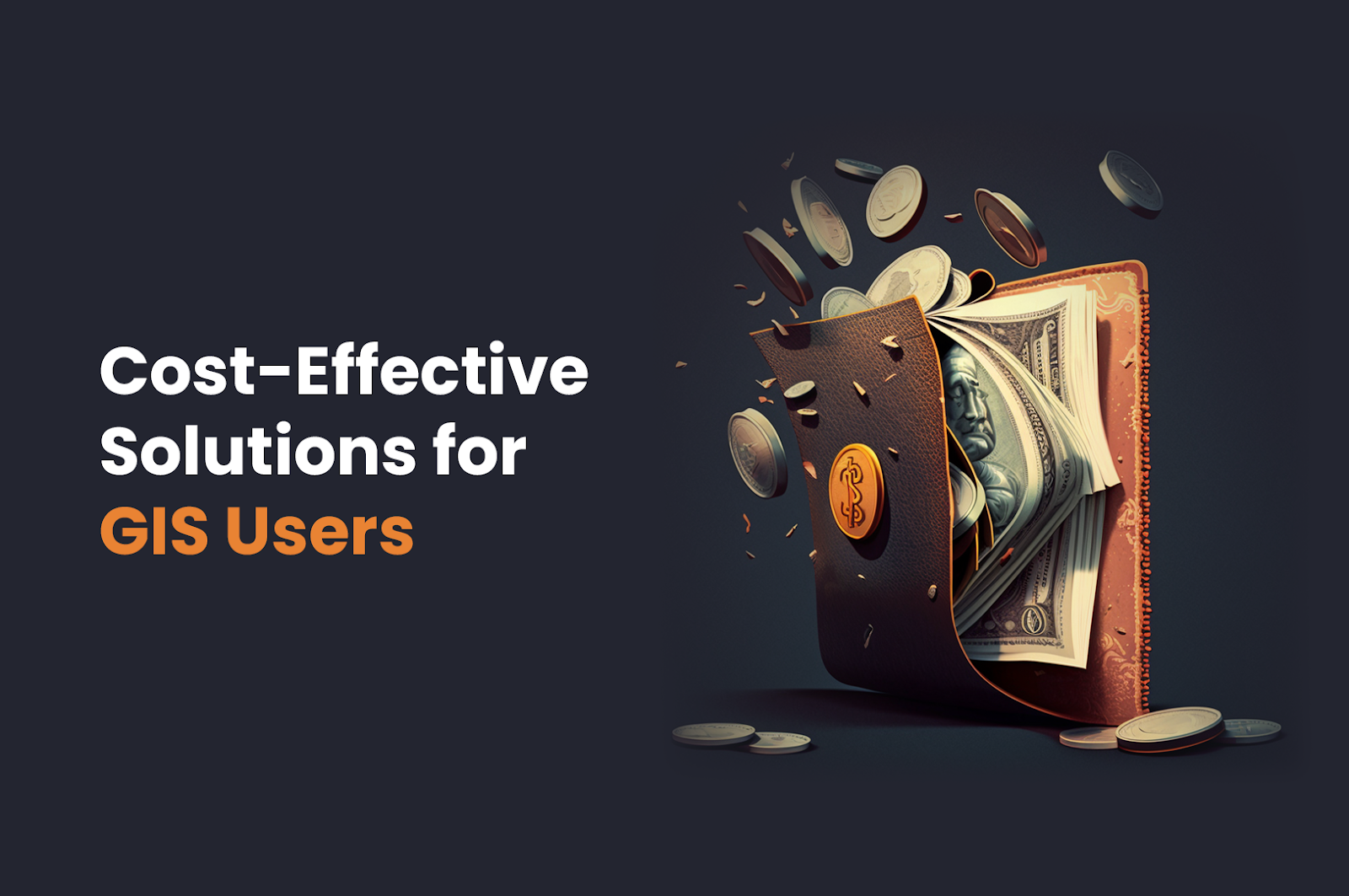Cost Effective GIS Software Solutions for GIS Users
Geographic Information Systems (GIS) technology has become essential for various industries, including government, transportation, utilities, and natural resources management. GIS provides a powerful platform for visualizing, analyzing, and managing spatial data, making it possible to make data-driven decisions and solve complex problems.
However, GIS software and data costs can be significant barriers for many organizations. Here we suggest a few cost-effective GIS software solutions that you can use.
1. Open-Source GIS Software
One of the most cost-effective solutions for GIS users is to use open-source GIS software. Open-source GIS software is free to use, distribute, and modify, and many options are available, such as QGIS, GRASS, and OpenJUMP.
These software packages provide many functionalities, such as data visualization and analysis, and can be used for various applications. Additionally, the open-source GIS community is large and active, making it easy to find support and resources for using the software.
Open-source GIS software has become increasingly popular among GIS professionals and government agencies, as they can access the same technology and features as with proprietary software (like Microsoft Windows or Adobe Photoshop) at a significantly lower cost.
Furthermore, it allows for flexibility, customization, and scalability that you may not find in a closed-source option.
2. Cloud-Based GIS
Another cost-effective solution for GIS users is to use cloud-based GIS. Cloud-based GIS services, such as ArcGIS Online, Google Maps, and OpenStreetMap, provide a way to access GIS functionality and data without investing in expensive software and hardware.
These services can be accessed through a web browser and often include data analysis and management tools. Additionally, cloud-based GIS services often include pay-as-you-go pricing models, which can help organizations control costs by only paying for the resources they need.
Cloud-based GIS services offer flexibility and scalability, as resources can be added or removed. Moreover, data is stored on remote servers and easily accessible from anywhere with internet access.
3. Open Data And Crowdsourced Data
Another cost-effective solution for GIS users is using open and crowdsourced data.
Open data refers to data that is freely available for use, reuse, and redistribution without any copyright or other legal restrictions. Many open data sources include government agencies, non-profit organizations, and individual citizens.
Open data can be used for various purposes l such as creating maps, analyzing patterns and trends, and understanding relationships.
Crowdsourced data, on the other hand, is data that is collected and shared by a community of users. This type of data is often freely available and can be used to supplement or complement proprietary data. Crowdsourced data can be collected from various sources, including social media, mobile apps, and online platforms. This data type is particularly useful for real-time monitoring, event tracking, and providing local perspectives.
4. Renting And Free Trials
Another cost-effective solution for GIS users is renting or leasing GIS software and hardware instead of purchasing it outright. This can be a good option for organizations that don’t need long-term technology or need to test the software before making the investment.
Additionally, many GIS software vendors offer free trial versions of their software. A free trial can be used to test the functionality and determine if the software is a good fit before making a purchase.
Conclusion
In conclusion, GIS technology is a powerful tool for making data-driven decisions and solving complex problems. However, GIS software and data costs can be significant barriers for many organizations.
By utilizing GIS software, GIS users can find cost-effective solutions that provide access to the functionality and data they need.
Additionally, renting or leasing software and hardware can be viable options for organizations looking to control costs.
GIS users must evaluate their needs and budget constraints to determine the best cost-effective solution.

